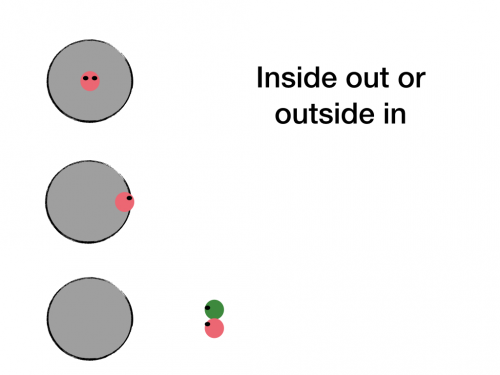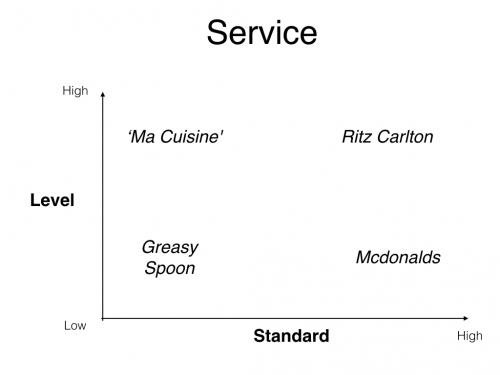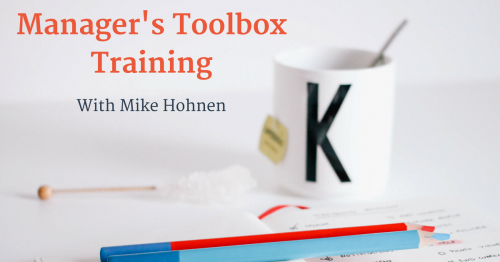
The classical way to define the employee life cycle is: attract, recruit, onboard, develop, retain and transition. But that is the HR perspective, not the employee’s perspective. And as good service designers, we know that we need to consider the perspective of the ‘customer’ or user if we are going to be successful with our journey/experience design.
The life cycle will vary from industry to industry and of course from employee to employee. So good experience design would require that we do more research on this, in order to understand what it looks like in our case.
But here is what it might look like from an employee’s perspective.
Is this for me?
Attracted to a job proposition and wondering if it is for me.
Will I make it?
Entering into the application, selection, interview, and final negotiation process.
I made it!
The excitement of being chosen and starting the new job. Flooded with new impressions and ‘firsts’.The lunch canteen is amazing. Loving the attention I get as a newbie. (Or so one hopes.)
Am I good enough for this?
The first feelings of being overwhelmed. Am I good enough for this? Imposter syndrome. Do I belong here? Is this really for me? Feeling very much outside my comfort zone. Should I bail out and limit the damage?
Challenging but do-able
Feeling more secure in the saddle. Challenged and on the edge of my comfort zone, but in an exciting way. Giving the job everything that I have, and enjoying it.
Cruising – no sweat
The daily routine sets in, and most of what I do is well within my comfort zone. (Canteen is not nearly as nice as when I started.) Engagement may start to regress, through lack of challenges.
Is this it?
The first doubts start creeping in. I am always well within my (now shrinking*) comfort zone. This is no longer meaningful for me
From here there are two options: change your job or stagnate completely.
Experiences are all about managing customers’ emotions, as we have seen in previous blog posts on the subject of Service Design Thinking. The same principle applies to employee experience design. We need to understand the emotions that the employee is going through at each stage of the cycle.
When we review the above life cycle it becomes clear that the overall principle we need to look at is where people are in terms of comfort zones. Growth and development are keys to engagement and enthusiasm. But learning and growth happen just outside our comfort zone. We have the misconception that if we do the same thing for a long time we will get better and better at it. Not true. Research shows that, if anything, we stagnate or regress*. (Could you pass a driving test today? Probably not. See what I mean?) In order to get better we need to challenge ourselves and make a deliberate effort to improve. On the other hand, if we get too far outside our comfort zone we trigger fear, and then all learning and development stops as we move into “fight or flight” mode.
Engagement is essentially the product of the accumulated emotional experience. It is what we in a service profit chain terminology would call content. It is different from context (environment, salary and work conditions), which forms the basis of satisfaction but does not produce engagement. We can all have tricky and less than satisfying days, just as we can have fabulous days. But over time the key to engagement is: is this meaningful for me overall? Do I regularly find that I am at the edge my comfort zone, in a constructive and challenging way?
So the key to engagement and retention is to create an environment where the employee can safely switch back and forth between “challenging but do-able” and “cruising, no sweat” modes.
When looking at the employee life cycle in this way, it also becomes clear that as a manager you have a huge responsibility to know where your employee is in the cycle, and to do what you can to support that person in the best possible way. And that may even include helping an employee to move on to a new and more challenging position, if you have no more challenges to offer.
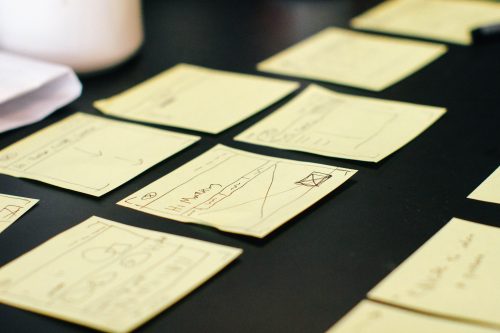
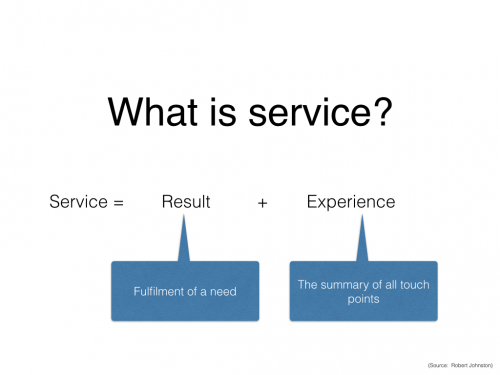
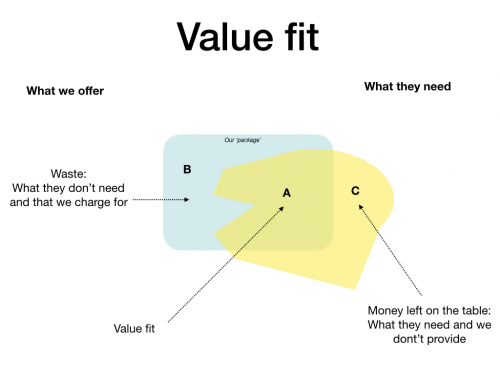 Everywhere you look, every ‘expert’ on service is telling you that the name of the game is to provide values. And that is true. No value, no business. Everytime you see a high profile brand or product tanks and disappears from the horizon, just think Nokia, Polaroid Kodak, it is basically because they lost it. From the customer perspective, they were no longer providing values.
Everywhere you look, every ‘expert’ on service is telling you that the name of the game is to provide values. And that is true. No value, no business. Everytime you see a high profile brand or product tanks and disappears from the horizon, just think Nokia, Polaroid Kodak, it is basically because they lost it. From the customer perspective, they were no longer providing values.